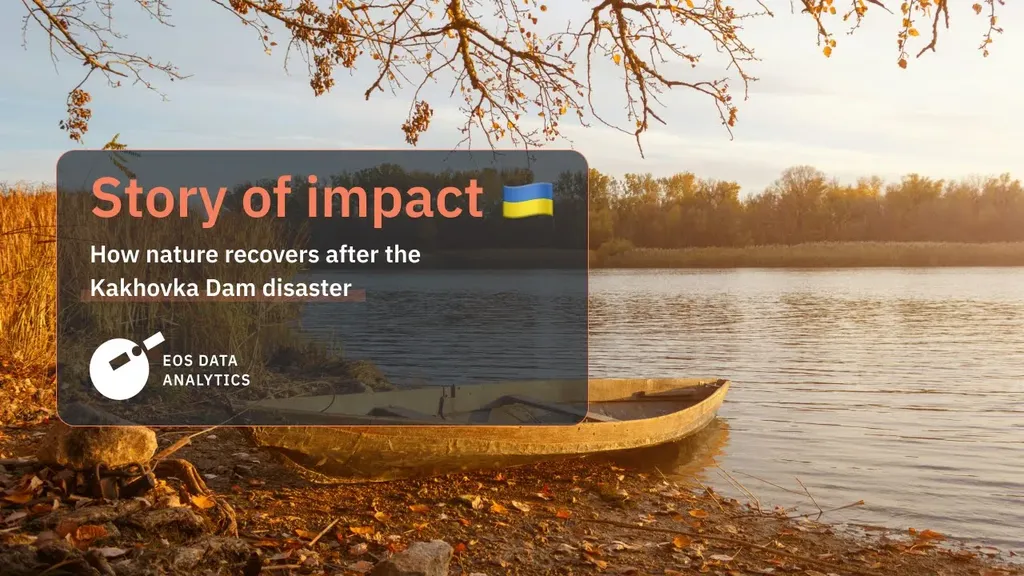In the wake of the devastating destruction of the Kakhovka Dam, a glimmer of ecological resilience is emerging from the ruins. A recent study published in the journal *Biological Studies* reveals how nature is reclaiming the exposed bed of the former reservoir, offering valuable insights into carbon sequestration and ecosystem recovery that could influence future energy and environmental strategies.
The abrupt draining of the Kakhovka Reservoir, triggered by the conflict in Ukraine, caused one of the most severe environmental disasters in recent Eastern European history. The loss of aquatic habitats led to a collapse in biodiversity and significant disruption of hydrological cycles. However, the exposed terrestrial substrates have since become a canvas for spontaneous ecological succession, primarily led by hybrid willows (Salix × rubens) and black poplars (Populus nigra). These pioneer species are forming dense stands that are playing a critical role in carbon sequestration, soil stabilization, and microclimate regulation.
Hanna Tutova, lead author of the study and a researcher at Bogdan Khmelnitsky Melitopol State Pedagogical University, explains, “The rapid colonization by these tree species is a testament to the resilience of floodplain ecosystems. While they cannot replace the lost aquatic diversity, they are providing essential ecosystem services that could inform future restoration efforts.”
Field surveys conducted in April 2025 on the exposed bed near Khortytsia Island revealed distinct spatial patterns in the colonization by Salix × rubens and Populus nigra. Salix × rubens thrived in moist, concave microsites, while Populus nigra dominated elevated, drier areas. The study found that Salix × rubens preferred moderately acidic to near-neutral soils with higher moisture levels and warmer temperatures, whereas Populus nigra exhibited broader ecological plasticity, tolerating a wider range of soil conditions.
The economic implications of these findings are significant for the energy sector. The study estimated the carbon sequestration potential of these pioneer stands, converting it into a monetary value using EU ETS carbon pricing. Populus nigra, in particular, showed a greater economic value per hectare, highlighting its potential for carbon offset projects.
Tutova emphasizes, “The economic value of early-stage carbon capture is considerable. This research supports the conservation of emergent willow-poplar communities and advocates for nature-based solutions over technical restoration of destroyed infrastructure.”
The study’s findings could shape future developments in ecosystem restoration and carbon offset strategies. By understanding the dynamics and ecosystem services of these pioneer stands, policymakers and energy sector stakeholders can make informed decisions that balance ecological recovery with economic benefits.
As the world grapples with the impacts of climate change and environmental degradation, the spontaneous afforestation of the Kakhovka Reservoir bed offers a compelling case study in resilience and adaptation. The research published in *Biological Studies* provides a roadmap for integrating nature-based solutions into post-war landscape planning, ensuring that the lessons learned from this ecological disaster can pave the way for a more sustainable future.

